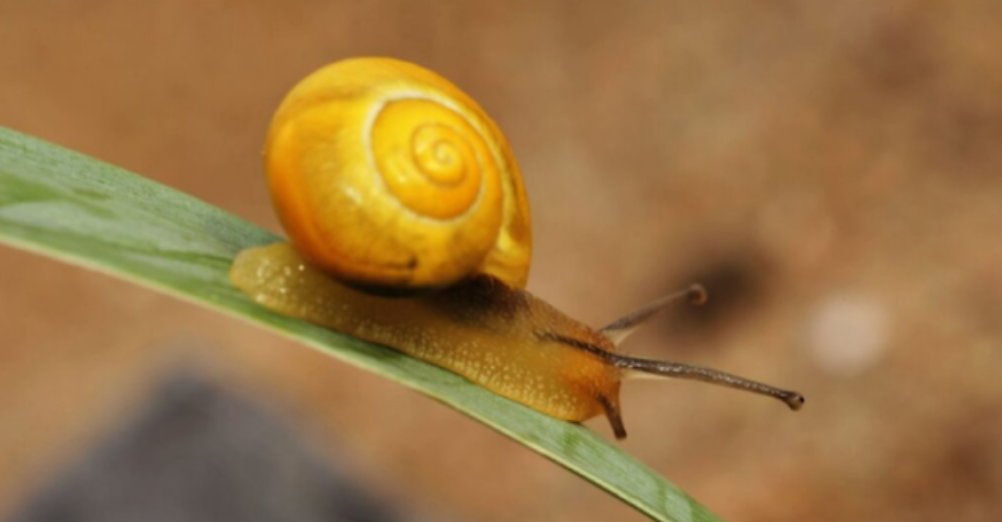If you’ve stumbled across clusters of tiny, bright pink eggs on walls, plants, or near water, don’t brush them off as harmless. These eggs belong to apple snails—one of the world’s most destructive invasive species. While their color might catch your eye, their presence could spell disaster for your local ecosystem.

Meet the Apple Snail: A Tiny Egg with Big Consequences
Apple snails aren’t your average garden critters. These hefty snails can grow shells up to 10 centimeters wide, and they’re incredibly adaptable. Thriving in warm, wet areas like ponds and swamps, these snails are prolific breeders, laying hundreds of bright pink or orange eggs at a time. Each cluster can hold 400–600 eggs, making their populations explode almost overnight.
Originally from South America, apple snails have managed to invade ecosystems across North America, Europe, and Asia. And thanks to global warming, their range is expanding faster than ever.
Why Are Apple Snails So Destructive?
These snails aren’t picky eaters. They devour aquatic plants, outcompeting native species and destroying habitats crucial for fish and other wildlife. In places like Southeast Asia, apple snails have wiped out rice fields, devastating farmers and local economies. Their high reproduction rate and insatiable appetite make them a nightmare for ecosystems and agriculture alike.

Their toxic, brightly colored eggs are also a double-edged sword. While predators tend to avoid them, it means humans need to step up to stop their spread.
Spotting the Signs of an Invasion
Apple snail eggs are easy to spot. Look for clusters of small, round, pink or orange eggs attached to leaves, branches, or walls near water. These colorful warnings are a sign to act fast. If left unchecked, the eggs will hatch into hundreds of hungry snails, ready to wreak havoc.
Authorities often ask residents to report sightings. Early detection and action are essential to preventing full-blown infestations.

How Far Have Apple Snails Spread?
These invaders are now found across the globe. In the U.S., they’ve taken hold in states like Florida, Texas, and California. Across Asia and Europe, they continue to damage crops and disrupt ecosystems. Even countries with containment efforts, like France, have struggled to stop them from spreading further.
The damage isn’t just environmental—it’s financial too. Farmers and local authorities spend millions trying to control their spread, often with limited success.

What Can You Do to Help?
Tackling the apple snail problem isn’t easy, but every action counts. Here’s how you can help:
- Report Sightings: Many regions have systems for reporting invasive species. Let authorities know if you spot apple snail eggs or the snails themselves.
- Manual Removal: If you see pink egg clusters, scrape them off and dispose of them properly. Wear gloves, as the eggs can be toxic.
- Support Biological Research: Scientists are exploring natural predators to control these snails, but these solutions take time to perfect.
- Spread Awareness: The more people know about the risks of invasive species like apple snails, the better we can collectively fight their spread.
Protect Your Garden Before It’s Too Late
For gardeners, vigilance is key. Apple snails can quickly destroy aquatic plants in your ponds and water features. Spotting and removing their eggs early can save you from a much bigger headache later.
Take a Stand Against the Invasion
While spotting pink eggs might be unsettling, it’s also an opportunity to act. By reporting sightings, removing eggs, and spreading awareness, you can play a part in protecting your local environment.
These small steps can make a big difference. Together, we can curb the spread of apple snails and preserve the delicate balance of our ecosystems. So, the next time you see those eye-catching pink clusters, remember: they’re not just pretty—they’re a call to action. Share this with friends and neighbors to spread the word!




